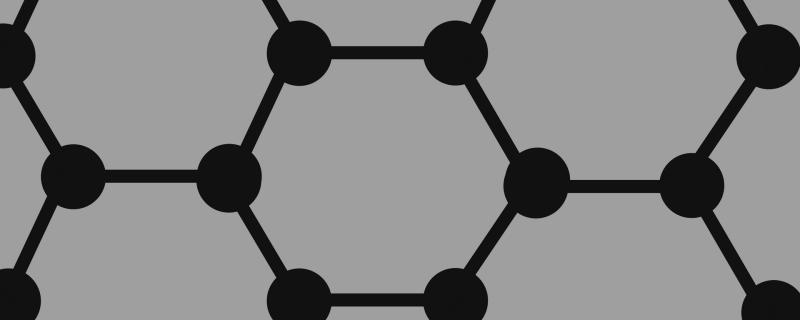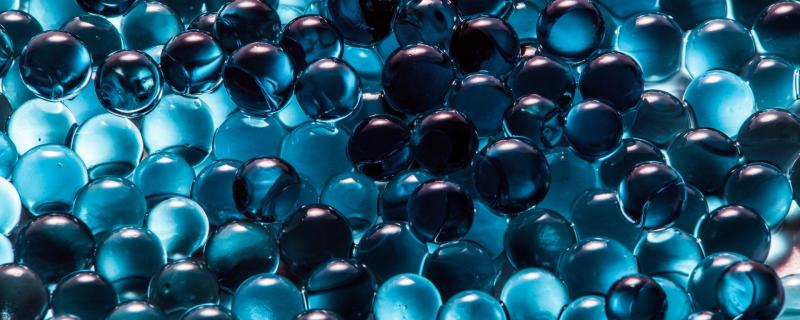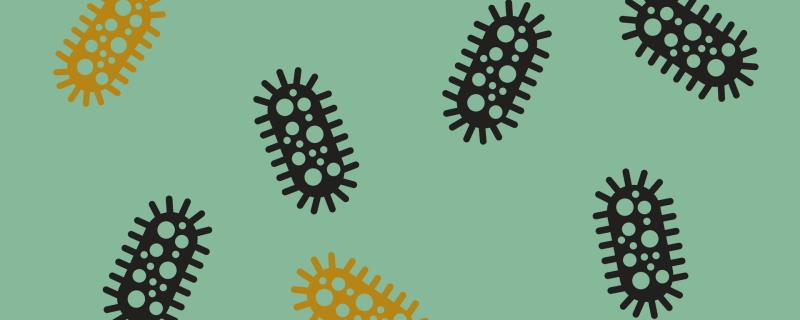Humans are not the only organisms under threat by the malarial parasite Plasmodium. These parasites are known to infect a range of animals from primate to reptiles, theis list also includes birds. In their recent study Scientists from the Indian Institute of Science, Bangalore have collected these parasites from the blood of various species of birds in the Himalayan foothills. Through their study the team was to show the burden of infection in birds and the seasonality of the infection.
Health
[field_op_main_image]
Kala azar or more specifically visceral leishmaniasis is a disease endemic to india. It is caused by protozoan parasites belonging to the genus Leishmania. In India, the organism Leishmania donovani is responsible for the majority of kala - azar infections. Sandflies are the insect vectors through which the parasite spreads in the population. Blackening of skin, enlargement of the liver and spleen with fever are the common symptoms of the disease. After malaria, Leishmania are the second largest parasitic killers in the world.
It was a routine practice in India to give infants a sunbath. But now, many kids remain indoors for a major part of their day, owing to a changing lifestyle. A recent study from Delhi has recommended that infants must be given a sunbath for 30 minutes in a week to attain sufficient levels of vitamin D, that is, 20 nanograms per ml. More than 50% of the Indian population is vitamin D deficient, according to some studies, which is a health concern especially for infants. This is because its deficiency leads to rickets, a malformation of leg bones.
[field_op_main_image]
With the increasing use of electrical and electronic devices, the amount of ‘electronic waste’ that we generate is quickly filling up our landfills. Recycling electronic waste or e-waste is a challenge due to the emission of poisonous gases in the process. Now, a new study has designed various adsorbents to be used in the process of recycling by burning the e-waste. By using these adsorbents, the researchers hope, could make the whole process less toxic for the air and for ourselves.
Riboflavin or vitamin B2 is a water-soluble vitamin that acts a co-enzyme and is required for cellular respiration. Riboflavin can neither be synthesized by the human body, nor be stored in the body, owing to its water-soluble nature. Thus, we need to regularly supplement the levels of riboflavin in our body through dietary intake. Today, although found in various foods like eggs, green vegetables, milk and meat, there are numerous cases of riboflavin deficiency occurring on a regular basis.
[field_op_main_image]
Eyes have been described as one of the most beautiful organs of our body that is our window to the world, quite literally. But not everyone is fortunate to look through that window crisp and clear. Millions today suffer from blindness in the eyes due to many medical conditions. The good news is that some type of blindness like corneal blindness is completely curable, provided there is a generous soul that decides to donate his/her eyes at the time of death. Eye donation is slowly gaining awareness and many today are pledged donors. But how does one become a donor? How is the cornea taken from the donor and what is the status of eye donation in India? Find out more on the account of National Eye Donation fortnight.
Cancer, described as the ‘emperor of all maladies’ by Siddharth Mukherjee’s book by the same name, is a disease which needs no introduction. Currently regarded as a collection of diseases, cancer is most accurately characterized by an unregulated growth of cells within the body - be it within organs like the pancreas, lungs and brain, or fluid connective tissues like the blood. Given that cancer itself is so diverse and multifaceted, there are many therapies used to combat it, like chemotherapy, radiation therapy, surgery and immunotherapy, to name a few.
What is common between albumin, gelatin and casein? They are all proteins! And not just that, they are proteins used for the synthesis of nanoparticles. Proteins are large biomolecules that are composed of long chains of amino acids. The chemical groups that the amino acid are composed of lead to the protein having polar (water soluble) and nonpolar (water insoluble) regions. Hence when introduced into water, proteins tend to bury their nonpolar region by folding into different 3D shapes.
[field_op_main_image]
Captivity and confinement has had devastating effects on humans and the same can be true in the case of wild animals, especially the big cats. In this new study, scientists observe the hormones produced by captive big cats, like the Bengal Tiger or Leopard, to measure the amount of stress they endure during captivity. The study also throws light on stereotypy - a coping mechanism developed by captive animals, and its relation to the amount of stress they experience.
The Center for Disease Control and Prevention estimates that one third of the world’s population is infected with Tuberculosis (TB) . India accounts for the quarter of the world’s burden of TB and has the highest number of multidrug resistant TB cases worldwide. While multidrug resistant TB poses a major challenge for healthcare providers worldwide, many steps have been taken to treat this form of disease and control its spread.






